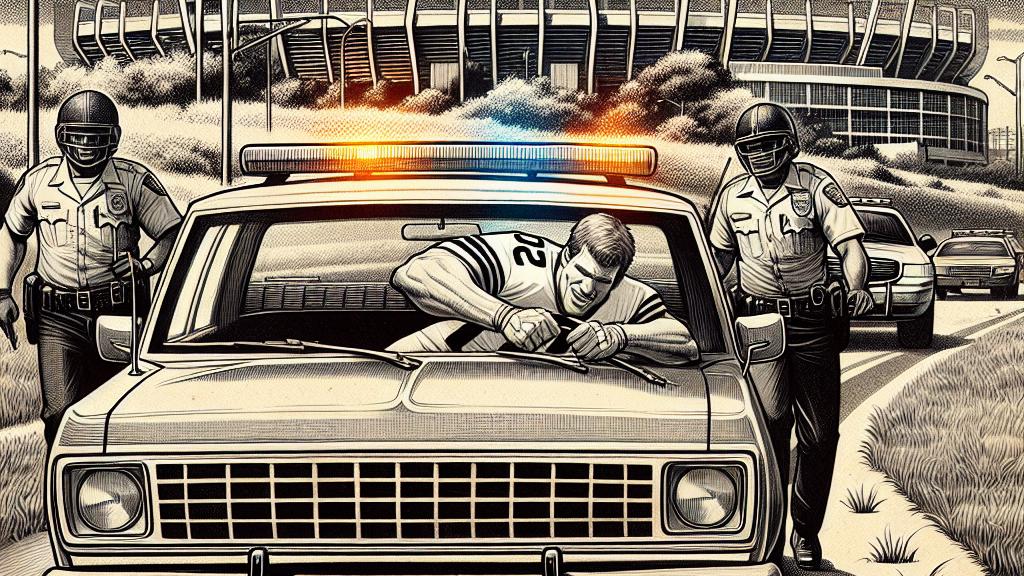NFL Star's Tense Encounter: When Police Say Jump, You Ask How High!
Overview
- Tyreek Hill, the electrifying Miami Dolphins wide receiver, found himself ensnared in a startlingly tense police arrest in Miami.
- What began as a routine traffic stop for speeding swiftly morphed into a confrontation that raised eyebrows and sparked outrage.
- The Dolphins organization vehemently condemned the officers' behavior, calling it excessive and highlighting the urgent need for change in police protocols.

The Incident Unfolds
Picture this: a sunny Sunday in Miami, Florida. NFL superstar Tyreek Hill is cruising towards Hard Rock Stadium, his mind focused on the upcoming game. Suddenly, the atmosphere shifts as police lights flash behind him, signaling a stop for speeding. Initially, Hill approaches the encounter with an expectation of normalcy, but his experience quickly twists into something much darker. As officers approached, the tension thickened. Hill’s lighthearted attempt to roll up his window in response to a hard knock turned a simple traffic stop into a high-stakes power struggle. When officers pulled him from his vehicle with force, it was no longer just a citation—it became a stark display of authority that felt dangerous and unwarranted.
Community Outrage and Discourse
News of Hill's dramatic arrest spread like wildfire, stirring a potent mixture of outrage and concern across social media. 'Who knows what would have happened if I wasn’t who I am?' he reflected, encapsulating the fears that many face during similar interactions with law enforcement. This sentiment resonated profoundly, drawing attention not just to Hill’s celebrity but to the broader implications for everyday citizens. The Miami Dolphins released a strong statement, expressing their dismay at the aggressive tactics employed during the arrest. Their condemnation was not merely a defense of their player; it was a clarion call for a reevaluation of policing practices in America, emphasizing that the line between protection and aggression must be drawn clearly to foster trust and safety in the community.
Calls for Reform in Law Enforcement
As this incident highlights, the conversation surrounding law enforcement is evolving. Body cameras, once a point of controversy, have become vital tools for accountability, acting as impartial witnesses during police interactions. Research shows that these devices can significantly lower the number of complaints against officers, but the challenge remains: how can we ensure that all encounters are as safe and respectful as possible? Miami-Dade Police pledged to conduct a comprehensive investigation, reminding us that the goal should be a harmonious relationship between law enforcement and the communities they serve. To truly protect and serve, we must create connections that go beyond badges and uniforms, fostering an environment where everyone feels valued, safe, and understood. This incident serves as a powerful reminder that policing is not just about authority; it is about community, respect, and shared humanity.

Loading...